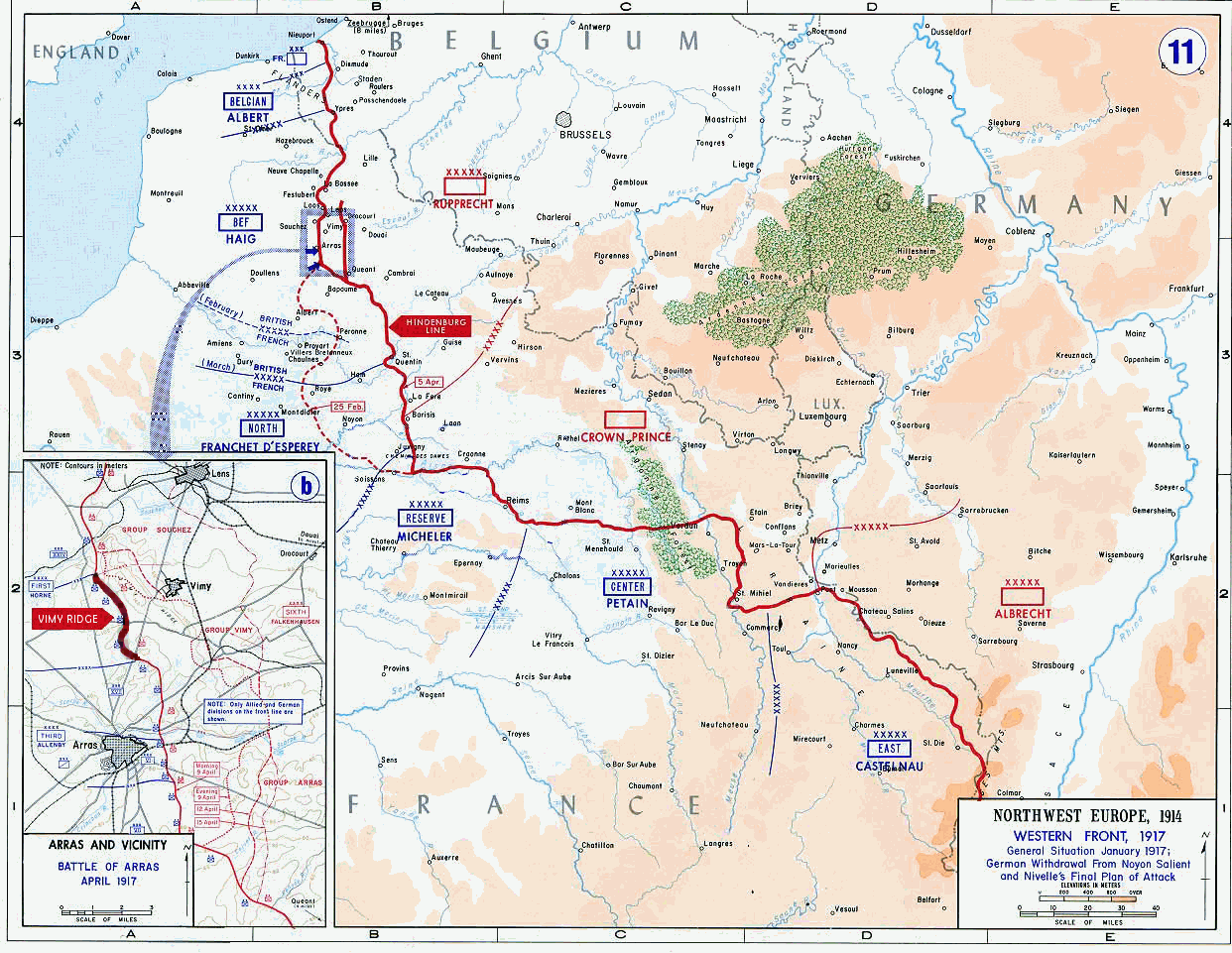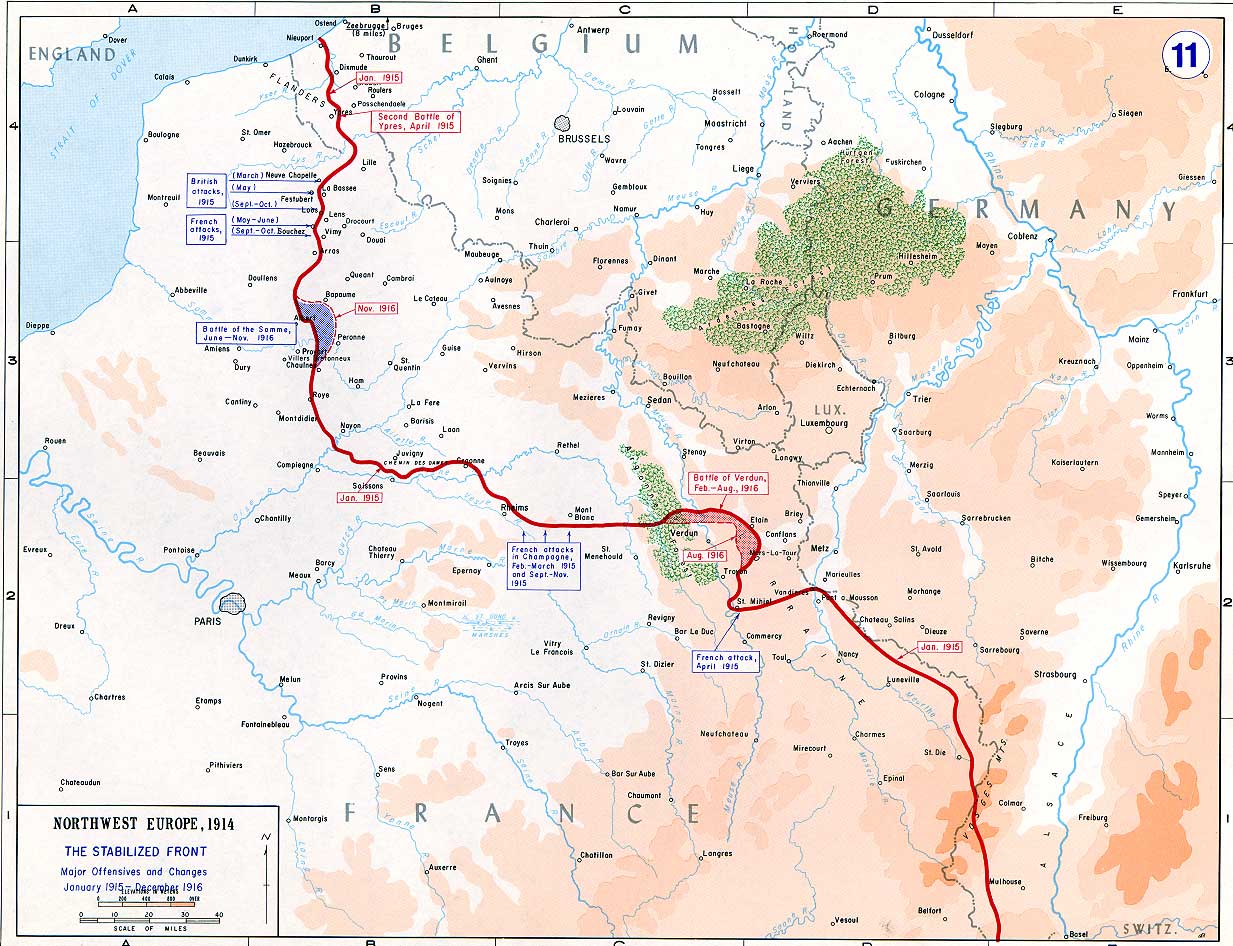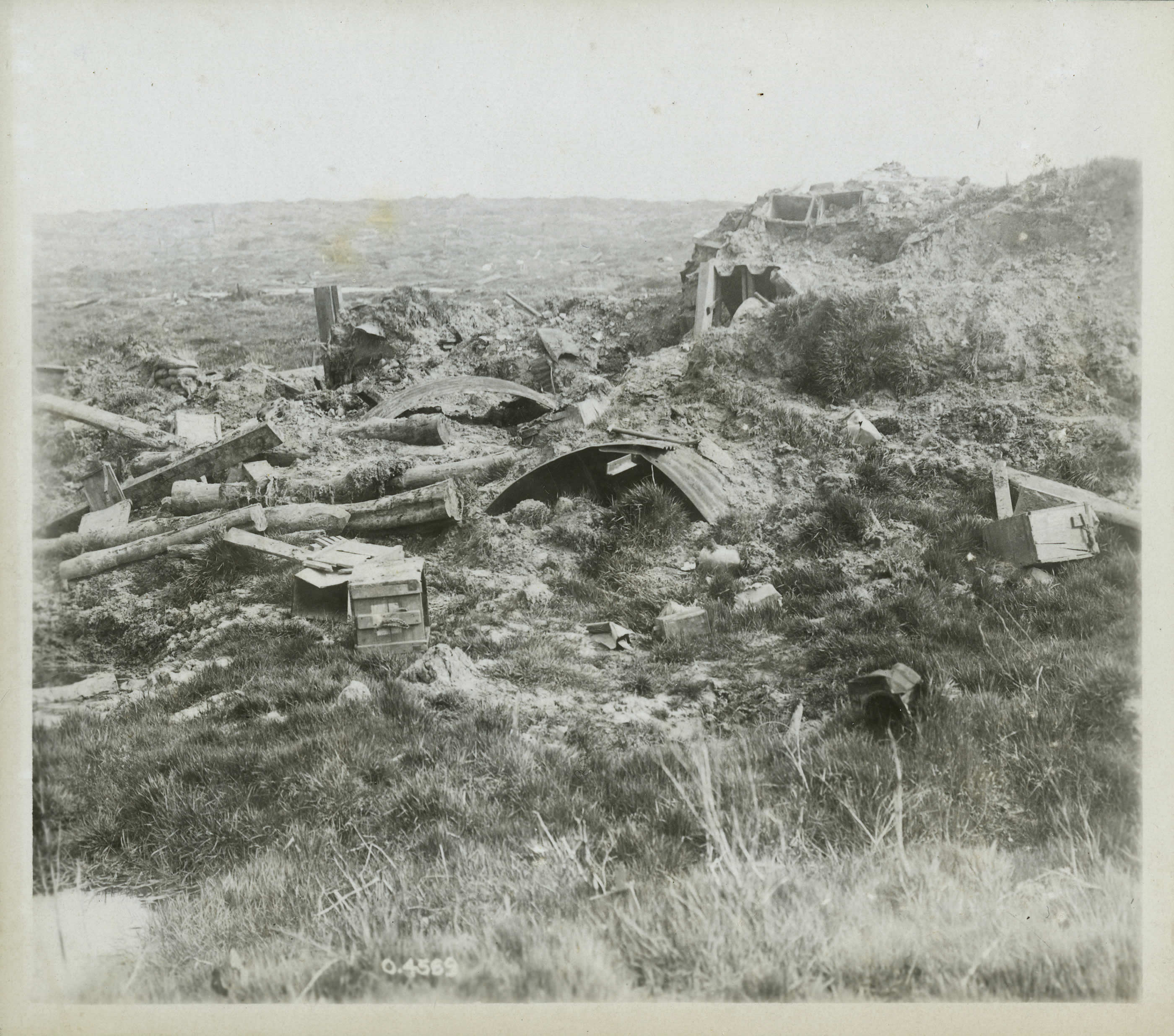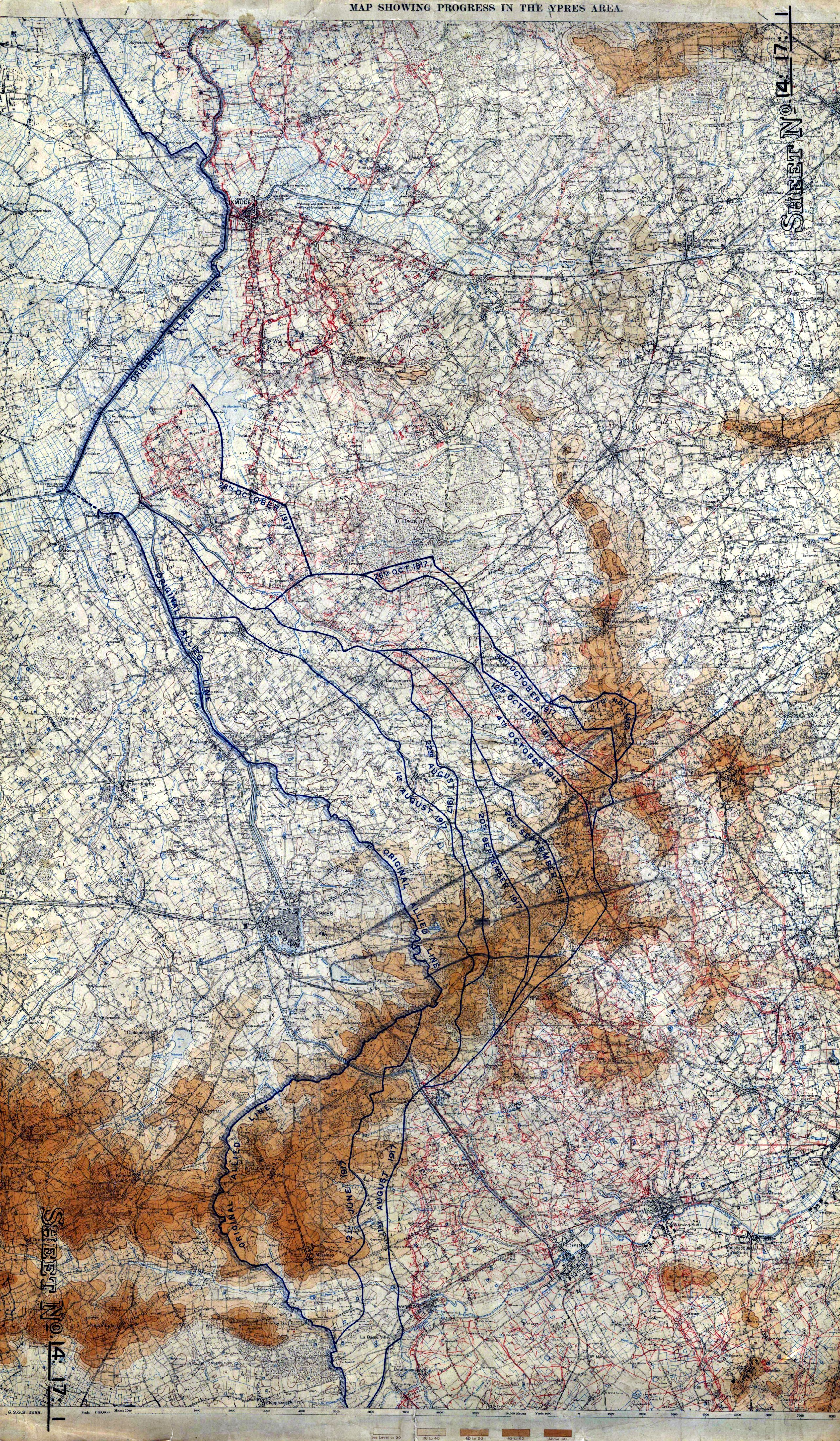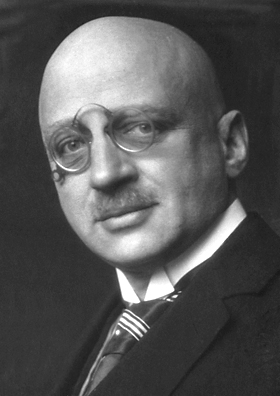|
Archer Fortescue Duguid
Colonel (United Kingdom), Colonel Archer Fortescue "Scotty" Duguid (31 August 1887 – 4 January 1976) was a Scottish-Canadian engineer, army officer, historian, and vexillologist. Duguid was raised in Scotland and moved to Canada in 1906 to study at McGill University. In 1914 he received a commission in the Canadian Army and served as an artillery officer in World War I. Following the war, in 1921 he was appointed director of the army's Historical Section, a position he held until 1945; he remained the official historian of the Canadian Expeditionary Force until his retirement in 1947. In 1938, Duguid published the first and only entry in a planned eight-volume official history of Canada's participation in the Great War. Duguid was a noted expert in heraldry and vexillology, and designed a service flag for the Canadian Army that was in use from 1939 to 1944. He later modified the design as a proposed national flag of Canada. Among his other work as director of the Historical Sect ... [...More Info...] [...Related Items...] OR: [Wikipedia] [Google] [Baidu] |
Colonel (United Kingdom)
Colonel (Col) is a rank of the British Army and Royal Marines, ranking below Brigadier (United Kingdom), brigadier, and above Lieutenant colonel (United Kingdom), lieutenant colonel. British colonels are not usually field commanders; typically they serve as Staff (military), staff officers between field commands at battalion and brigade level. The insignia is two diamond-shaped British Army officer rank insignia, pips (properly called Order of the Bath, "Bath Stars") below a crown. The crown has varied in the past with different monarchs; Elizabeth II of the United Kingdom, Elizabeth II's reign used St Edward's Crown. The rank is equivalent to Captain (Royal Navy), captain in the Royal Navy and group captain in the Royal Air Force. Etymology The rank of colonel was popularised by the tercios that were employed in the Spanish Army during the 16th and 17th centuries. General Gonzalo Fernández de Córdoba divided his troops into ''coronelías'' (meaning "column of soldiers" from t ... [...More Info...] [...Related Items...] OR: [Wikipedia] [Google] [Baidu] |
Aberdeen Grammar School
Aberdeen Grammar School is a state secondary school in Aberdeen, Scotland. It is one of thirteen secondary schools run by the Aberdeen City Council educational department. It is the oldest school in the city and one of the oldest schools in the United Kingdom, with a history spanning more than 750 years. Founded around 1256, the year used in official school records, it began operating as a boys' school. On Skene Street, near the centre of the city, it was originally situated on Schoolhill, near the current site of Robert Gordon's College. It moved to its current site in 1863, and became co-educational in 1973. In 1970 the school's name was changed by the City of Aberdeen Education Committee to a more accurate, less ceremonial "Rubislaw Academy" but in 1977 the name was reverted to "Aberdeen Grammar School" by the Grampian Regional Council, who at that point were responsible for education in Aberdeen. Although the school is named Aberdeen Grammar School, the school is not a Gramm ... [...More Info...] [...Related Items...] OR: [Wikipedia] [Google] [Baidu] |
Distinguished Service Order
The Distinguished Service Order (DSO) is a Military awards and decorations, military award of the United Kingdom, as well as formerly throughout the Commonwealth of Nations, Commonwealth, awarded for operational gallantry for highly successful command and leadership during active operations, typically in actual combat. Equal in Awards and decorations of the British Armed Forces, British precedence of military decorations to the Conspicuous Gallantry Cross and Royal Red Cross, since 1993 the DSO is eligible to all Military rank, ranks awarded specifically for "highly successful command and leadership during active operations". History Instituted on 6 September 1886 by Queen Victoria by Warrant (law), Royal Warrant published in ''The London Gazette'' on 9 November, the first DSOs awarded were dated 25 November 1886. The Order (distinction), order was established to recognise individual instances of meritorious or distinguished service in war. It is a military order, and wa ... [...More Info...] [...Related Items...] OR: [Wikipedia] [Google] [Baidu] |
Battle Of Passchendaele
The Third Battle of Ypres (; ; ), also known as the Battle of Passchendaele ( ), was a campaign of the First World War, fought by the Allies of World War I, Allies against the German Empire. The battle took place on the Western Front (World War I), Western Front, from July to November 1917, for control of the ridges south and east of the Belgian city of Ypres in West Flanders, as part of a strategy decided by the Entente at conferences in November 1916 and May 1917. Passendale, Passchendaele lies on the last ridge east of Ypres, from Roulers (now Roeselare), a junction of the Bruges-(Brugge)-to-Kortrijk railway. The station at Roulers was on the main supply route of the German 4th Army (German Empire), 4th Army. Once Passchendaele Ridge had been captured, the Allied advance was to continue to a line from Thourout (now Torhout) to Couckelaere (Koekelare). Further operations and a British supporting attack along the Belgian coast from Nieuport (Nieuwpoort, Belgium, Nieuwpoort), ... [...More Info...] [...Related Items...] OR: [Wikipedia] [Google] [Baidu] |
Battle Of Hill 70
The Battle of Hill 70 took place in the First World War between the Canadian Corps and attached units against five divisions of the German 6th Army. The battle took place along the Western Front on the outskirts of Lens in the Nord-Pas-de-Calais region of France between 15 and 25 August 1917. The plan was to inflict casualties, to draw German troops away from the 3rd Battle of Ypres and to make the German hold on Lens untenable. The Canadian Corps captured Hill 70 and to establish defensive positions from which combined small-arms and artillery fire, some of which used the new technique of predicted fire, would inflict mass casualties on German counter-attacks. The Germans were prevented from transferring divisions to the Ypres Salient but did not bring in troops from other areas. The Canadian Corps failed to enter Lens but German and Canadian assessments concluded that it succeeded in its attrition objective. The battle was costly for both sides and many casualties were s ... [...More Info...] [...Related Items...] OR: [Wikipedia] [Google] [Baidu] |
Brigade Major
A brigade major was the chief of staff of a brigade in the British Army. They most commonly held the rank of major, although the appointment was also held by captains, and was head of the brigade's "G - Operations and Intelligence" section directly, and oversaw the two other branches, "A – Administration" and "Q – Quartermaster". Intentionally ranked lower than the lieutenant colonels commanding the brigade's combat battalions, his role was to expand on, detail and execute the intentions of the commanding brigadier. In 1913, staff captains of artillery in the British Army were re-styled as brigade majors to bring them into line with cavalry and infantry practice. In the 21st century, the title is no longer used except in the Household Division and in divisional-level artillery headquarters. As of 2014 the title is still retained by HQ London District. During World War I, the brigade major was reportedly "a key personality who affected the health and happiness of the battali ... [...More Info...] [...Related Items...] OR: [Wikipedia] [Google] [Baidu] |
Battle Of Vimy Ridge
The Battle of Vimy Ridge was part of the Battle of Arras, in the Pas-de-Calais department of France, during the First World War. The main combatants were the four divisions of the Canadian Corps in the First Army, against three divisions of the German 6th Army. The battle occurred from 9 to 12 April 1917, marking the commencement of the Battle of Arras and serving as the inaugural assault of the Nivelle Offensive. The objective was to draw German reserves away from the French forces, preparing for a crucial offensive along the Aisne and the Chemin des Dames ridge several days later. The Canadian Corps was to capture the German-held high ground of Vimy Ridge, an escarpment on the northern flank of the Arras front. This would protect the First Army and the Third Army farther south from German enfilade fire. Supported by a creeping barrage, the Canadian Corps captured most of the ridge during the first day. The village of Thélus fell during the second day, as did the cre ... [...More Info...] [...Related Items...] OR: [Wikipedia] [Google] [Baidu] |
Battle Of The Somme
The Battle of the Somme (; ), also known as the Somme offensive, was a battle of the First World War fought by the armies of the British Empire and the French Third Republic against the German Empire. It took place between 1 July and 18 November 1916 on both sides of the upper reaches of the river Somme (river), Somme in France. The battle was intended to hasten a victory for the Allies of World War I, Allies. More than three million men fought in the battle, of whom more than one million were either wounded or killed, making it one of the List of battles by casualties, deadliest battles in human history. The French and British had planned an offensive on the Somme during the Chantilly Conferences, Chantilly Conference in December 1915. The Allies agreed upon a strategy of combined offensives against the Central Powers in 1916 by the French, Russian, British and Italian armies, with the Somme offensive as the Franco-British contribution. The French army was to undertake the m ... [...More Info...] [...Related Items...] OR: [Wikipedia] [Google] [Baidu] |
Battle Of Mont Sorrel
The Battle of Mont Sorrel (Battle of Mount Sorrel) was a local operation in World War I by three divisions of the German 4th Army and three divisions of the British Second Army in the Ypres Salient, near Ypres in Belgium, from 2 to 13 June 1916. To divert British resources from the build-up being observed on the Somme, the XIII (Royal Württemberg) Corps and the 117th Infantry Division attacked an arc of high ground defended by the Canadian Corps in Flanders. The German forces captured the heights at Mount Sorrel and Tor Top, before entrenching on the far slope of the ridge. Following a number of attacks and counterattacks, two divisions of the Canadian Corps, supported by the 20th Light Division and Second Army siege and howitzer battery groups, recaptured the majority of their former positions. Background Mount Sorrel Located in the Ypres Salient, east of Ypres, Belgium and from Hill 60, the Battle of Mount Sorrel took place along a ridge between Hooge and Zwart ... [...More Info...] [...Related Items...] OR: [Wikipedia] [Google] [Baidu] |
Actions Of St Eloi Craters
The Actions of St Eloi Craters from 27 March to 16 April 1916, were local operations in the Ypres Salient of Flanders, during the First World War by the German 4th Army and the British Second Army. Sint-Elooi (the French is commonly used in English) is a village about south of Ypres in Belgium. The British dug six galleries under no man's land, placed large explosive charges under the German defences and blew them at on 27 March. The 27th Division captured all but The 46th Reserve Division counter-attacked but the British captured on 30 March. The Canadian Corps took over, despite the disadvantage of relieving troops in action. The Canadians inherited positions in a deplorable state, the British having pressed their advantage, rather than consolidating the captured ground. On the night of a German methodical attack () recovered the captured craters. Canadian runners struggled to deliver messages and for several days the Canadian and British staffs were ignorant of whic ... [...More Info...] [...Related Items...] OR: [Wikipedia] [Google] [Baidu] |
Battle Of Festubert
The Battle of Festubert (15–25 May 1915) was an attack by the British army in the Artois region of France on the western front during World War I. The offensive formed part of a series of attacks by the French Tenth Army and the British First Army in the Second Battle of Artois . After the failure of the breakthrough attempt by the First Army in the attack at Aubers Ridge (9 May 1915) tactics of a short hurricane bombardment and an infantry advance with unlimited objectives, were replaced by the French practice of slow and deliberate artillery-fire intended to prepare the way for an infantry attack. A continuous three-day bombardment by the British heavy artillery was planned, to cut wire and demolish German machine-gun posts and infantry strong points. The German defences were to be captured by a continuous attack, by one division from Rue du Bois to Chocolat Menier Corner and by a second division north, which was to capture the German trenches to the left of Festuber ... [...More Info...] [...Related Items...] OR: [Wikipedia] [Google] [Baidu] |
Second Battle Of Ypres
The Second Battle of Ypres was fought from 22 April – 25 May 1915, during the First World War, for control of the tactically-important high ground to the east and the south of the Flanders, Flemish town of Ypres, in western Belgium. The First Battle of Ypres had been fought the previous autumn. The Second Battle of Ypres was the first mass use by Germany of Chemical weapon, poison gas on the Western Front (World War I), Western Front. Background The Germans, German chemist Walther Nernst, who in 1914 was a volunteer driver, proposed to Colonel Max Bauer, the German general staff officer responsible for liaison with scientists, that they could empty the opposing trenches by a surprise attack with tear gas. Observing a field test of this idea, the chemist Fritz Haber instead proposed using heavier-than-air chlorine gas. The German commander Erich von Falkenhayn agreed to try the new weapon but intended to use it in a diversionary attack by the 4th Army (German Empire), 4t ... [...More Info...] [...Related Items...] OR: [Wikipedia] [Google] [Baidu] |


